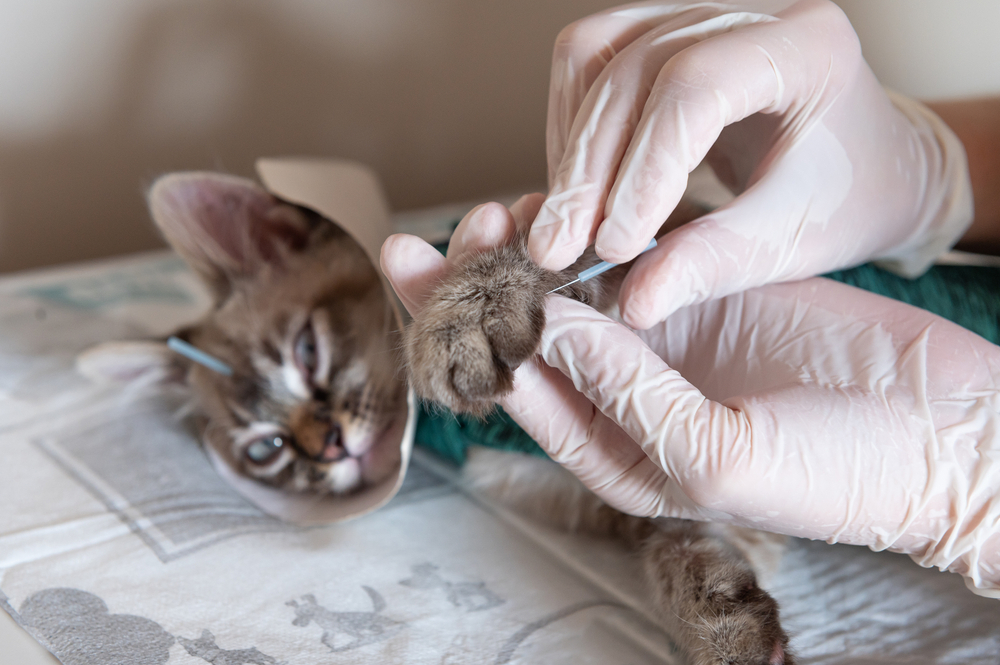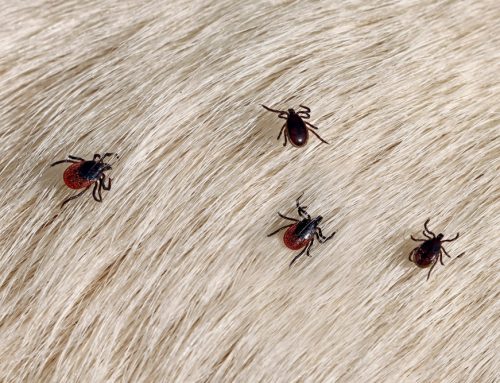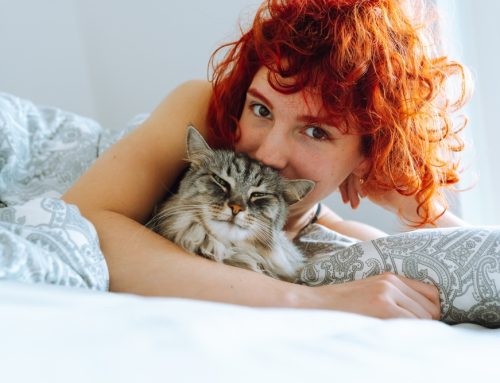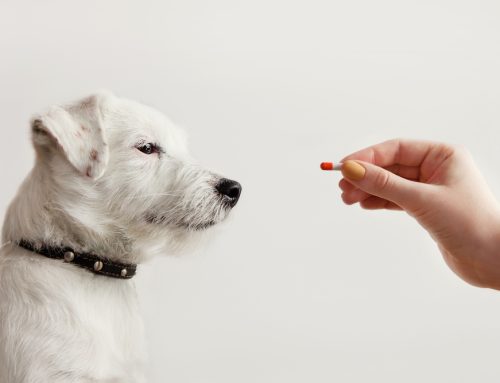The Best Friends Veterinary Care team is dedicated to providing the most advanced and comprehensive care for your beloved pet, so we proudly offer veterinary rehabilitative therapies to promote healing, reduce pain, improve mobility, and enhance your pet’s quality of life. We explain the benefits of these special services.
What is veterinary rehabilitation?
Veterinary rehabilitation is the pet equivalent of human physical therapy and can include numerous therapeutic methods and modalities ranging from ancient therapies such as acupuncture, to traditional hands-on techniques (e.g., stretching, massage, physical exercises), to modern technological innovations (i.e., photobiomodulation, or laser therapy), to underwater treadmill (i.e., hydrotherapy).
At Best Friends Veterinary Care, we offer our pet patients acupuncture and laser therapy services.
Veterinary rehabilitation benefits for pets
Rehabilitation therapies are incredibly versatile and safe, and provide powerful non-invasive and non-pharmaceutical methods for managing or treating countless conditions and preventing injury. We may combine one or more therapies with traditional treatments (e.g., surgery, medication, and rest) to create a synergistic healing effect.
Rehabilitation benefits for pets include:
- Relieved pain
- Increased comfort
- Reduced inflammation and swelling
- Enhanced circulation and lymphatic drainage
- Accelerated bone and tissue healing
- Faster nerve regeneration and response
- Improved mobility
- Faster muscle recovery
- Reduced daily medications
- Increased strength and body condition
- Improved body awareness (i.e., proprioception), flexibility, and coordination
Acupuncture therapy for your pet
Acupuncture is an ancient Chinese practice that has been performed on pets and people for more than 4,000 years. This time-honored modality involves placing thin needles at key points on the body (i.e., acupoints) where nerve endings and blood and lymphatic vessels converge. Needle insertion in the tissues stimulates the acupoint and causes a positive physiological response in your pet’s body. According to traditional Chinese medicine, this increases or frees blocked energy (i.e., Qi). Today, we understand that acupuncture releases neurotransmitters and feel-good neurohormones, such as endorphins, which ease nerve and muscle spasms, increase blood flow and waste removal, reduce inflammation, and effectively relieve pain.
- Conditions treated — Acupuncture is a recommended therapeutic option for numerous conditions, including acute or chronic pain, orthopedic and joint-related disorders or injuries, neurological conditions, respiratory or digestive ailments, skin issues, decreased immunity, and post-operative pain relief.
- Your pet’s experience — After the veterinarian evaluates your pet, they’ll design a personalized treatment plan that addresses your pet’s unique needs. Pets generally tolerate acupuncture treatment well, although they may feel mild and brief discomfort during needle insertion. After needle placement, however, most pets experience profound relaxation and often fall asleep for the rest of the session.
- Expected results — Not all pets respond to acupuncture treatment, despite the broad applications. If acupuncture is effective, pets with acute conditions will experience fast relief, while other pets will show noticeable results after three to five sessions conducted over one to two weeks.
- Session frequency and scheduling — Your pet’s treatment schedule will be tailored to their condition and response. As a general rule, they will receive more frequent treatment sessions during the first few weeks that then taper off as their condition improves. Chronically affected pets (e.g., arthritis, pain management) are often placed on a long-term schedule to ensure continued comfort.
Laser therapy for pets

Laser therapy is another non-invasive healing therapy option for dogs and cats. Laser therapy (i.e., photobiomodulation, or cold laser) uses a specific light wavelength to penetrate tissues and stimulate healthy and regenerative functions on a cellular level. In simple terms, laser therapy accelerates the body’s natural processes, including blood and lymphatic flow, byproduct and waste removal, muscle relaxation, and endorphin release, to achieve faster healing and pain relief.
- Conditions treated — Laser therapy is frequently recommended for pets suffering from chronic joint pain (e.g., arthritis) and tendon or ligament injuries (e.g., cruciate ligament rupture and patellar luxation). The laser decreases inflammation and swelling and accelerates soft tissue healing, making the therapy ideal for postoperative incisions, stomatitis (i.e., gum inflammation), dermatological conditions, and wound healing.
- Your pet’s experience — Laser therapy is administered through a specialized handpiece that is moved gently over or slightly above the target tissue or joint. Pets experience only a mild warming sensation and generally relax for the session’s duration. Pets, owners, and laser therapists must wear protective eyewear during treatment sessions to reduce eye injury risk.
- Expected results — Pets with acute (i.e., sudden) conditions may show results in as little as one session, although multiple treatments are often necessary before chronically affected pets show noticeable changes.
- Session frequency and scheduling — Laser therapy includes a high-frequency induction or loading phase, such as sessions scheduled every other day, or three times per week, followed by a gradual tapering over several weeks. After the initial treatment package, chronically painful pets can be successfully maintained with bi-monthly or monthly laser therapy treatments. Depending on the number of areas treated, session duration can vary from five minutes to a half-hour.
Veterinary rehabilitation therapies such as acupuncture and laser therapy can fast-track your pet’s recovery, enhance their mobility, protect their comfort, and prolong their independence. Contact the Best Friends Veterinary Care team to schedule an initial consultation and to discuss the best options for your pet and their condition.








Leave A Comment